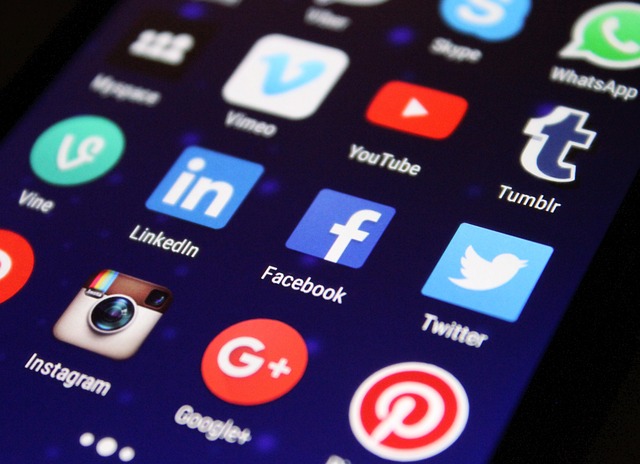In today’s digital age, social media has become an integral part of our daily lives, connecting us to friends and loved ones while providing a plethora of information at our fingertips. Yet, there exists a darker side to these virtual elements that can lead to addiction. Many of us might not even realize how deeply embedded these platforms are in our routines, often reaching for our smartphones the moment we wake up, before we even take a sip of our morning coffee.
The impact of social media is undeniable; its virtual elements can enhance our lives in various ways, from sharing memorable moments to engaging in lively discussions. However, the addictive nature of these platforms often overshadows their benefits. Studies have shown that social media can trigger dopamine releases in our brains, making us feel rewarded every time we get a like, comment, or share. This instant gratification leads us to scroll endlessly through feeds, searching for validation and connection.
Moreover, the design of these platforms cleverly incorporates endless scrolling, notifications, and likes, creating an environment ripe for compulsive behavior. We find ourselves trapped in a cycle of posting, checking for engagement, and consuming content, often neglecting our real-world interactions and responsibilities. The virtual elements that connect us can also push us into a spiral of comparison and self-doubt, as we navigate a landscape filled with curated identities and highlight reels, often forgetting that what we see online is not always reflective of reality.
As we delve deeper into social media, it becomes clear that the constant exposure to carefully crafted virtual elements can lead to feelings of inadequacy, anxiety, and depression. Users often become hyper-aware of their online persona, policing their posts and engaging in a never-ending quest for affirmation. This obsession with appearance and acceptance can detract from our self-worth and lead to isolation.
It’s crucial to recognize the effects of social media on our mental health and engage in conscious consumption. Setting boundaries around our usage, such as designated phone-free” times or limiting the number of hours spent scrolling, can be beneficial. By being mindful of the virtual elements we encounter daily, we can reclaim our time and attention, redirecting them towards meaningful, real-life connections and experiences.
The addictive nature of social media is a shared experience for many in our hyper-connected world. By understanding its impact, we can begin to unearth the hidden costs of our digital consumption and strive for a healthier relationship with technology. Ultimately, it’s about finding balance and ensuring that these virtual elements serve to enrich our lives rather than dominate them.




